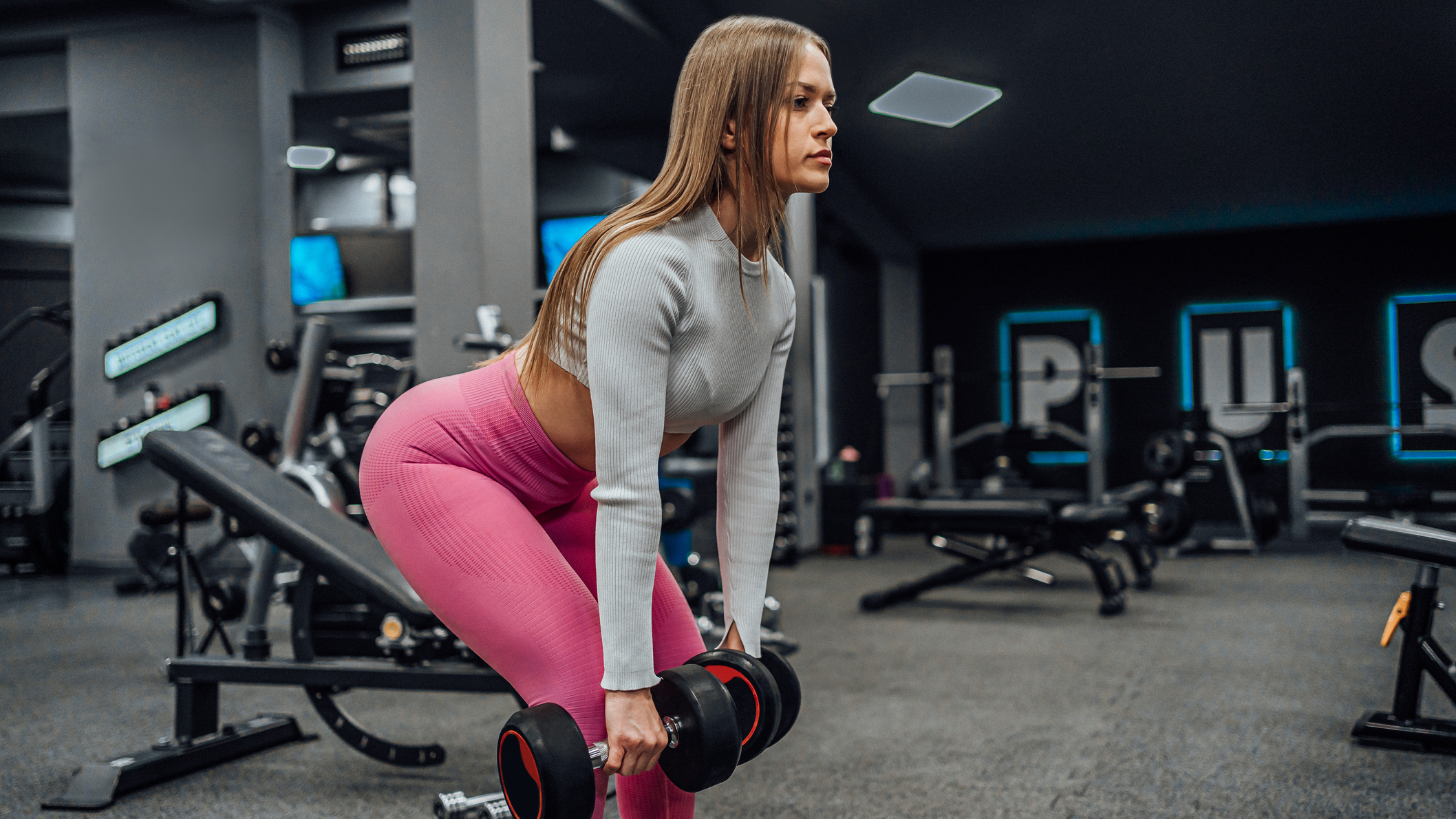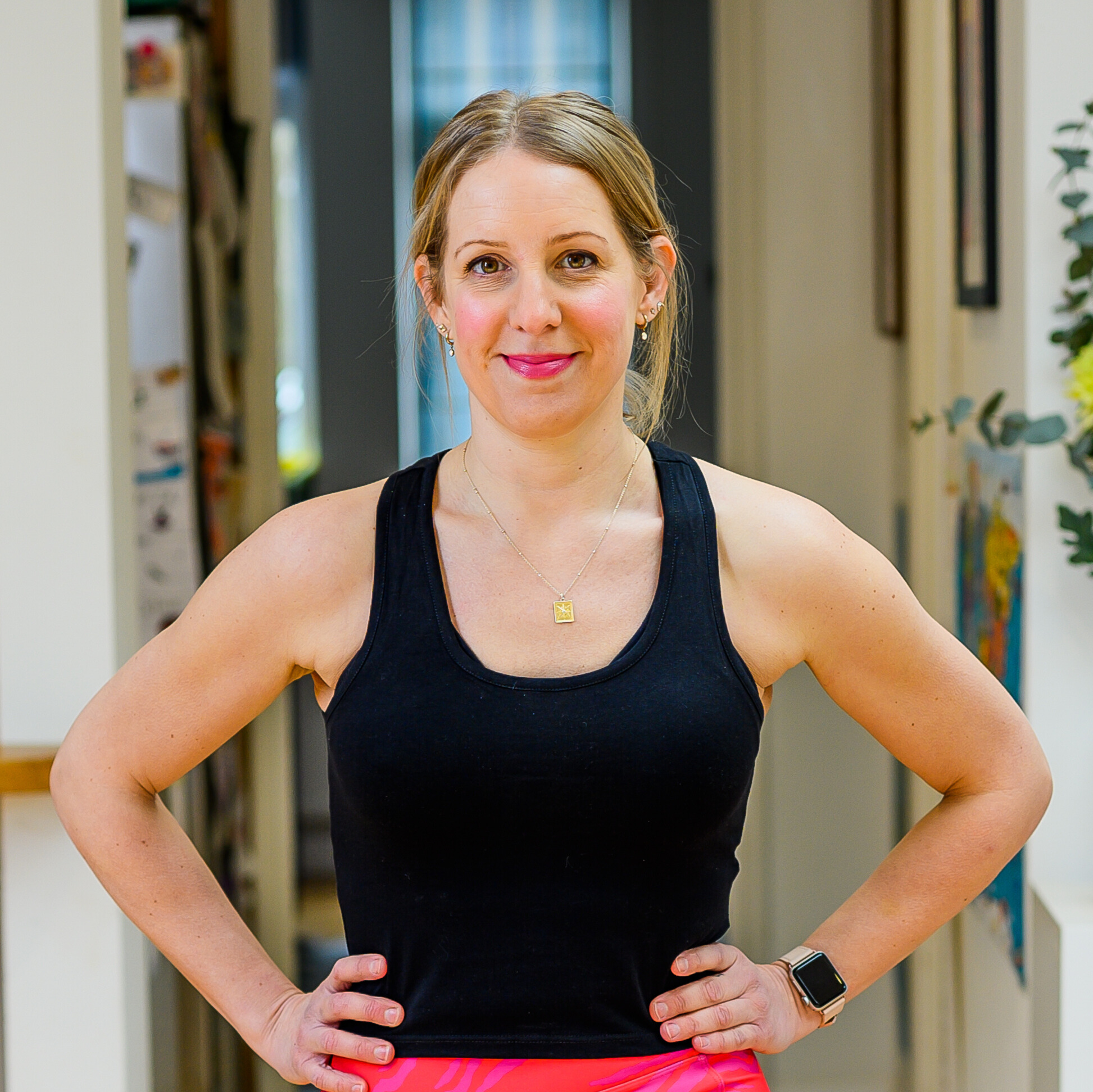How to do a Romanian Deadlift without hurting your back—follow these expert form tips to build strength safely
Stop making these common mistakes, here’s how to do the move safely


One of the biggest benefits of lifting weights is developing your functional strength to make the physical challenges of everyday life a bit easier. And one of the challenges that poses the greatest difficulty is picking up something heavy from the floor and putting it back down.
To do that safely, you need to strengthen your posterior chain, a group of muscles at the back of the body that support the spine.
The RDL is one of the most effective exercises to strengthen the posterior chain, but it can be tricky to get right, which may place too much strain on your back.
So I stopped scrolling when I came across this Reel from certified trainer Harriet Harper, who runs The HHF Method app, which details three helpful form pointers.
“Some people find the hinge aspect of the RDL tricky, and therefore end up initiating the movement with their spine rather than through hip extension and their glutes,” Harper tells Fit&Well. “This is what could be problematic.”
But even if dodgy form doesn’t result in an injury, it’s still worth perfecting the movement. “Good form is important for any exercise, not just for injury prevention, but to ensure the correct muscle groups are getting the most out of the movement,” says Harper.
Watch Harper’s RDL form tips
A post shared by Harriet Harper (@harrietharper_fitness)
A photo posted by on
What are RDLs good for?
“RDLs are phenomenal for building the glutes,” says Harper. “It’s a hip hinge movement pattern, where we perform hip flexion and extension to place the glutes under maximum tension in their lengthened resistance profile—at the bottom of the lift.”
And it’s not just the glutes that benefit. “RDLs also require some assistance from our core and lat [back] muscles, which are braced to help stabilize us.”
What’s a good weight to use for the RDL?
“Beginners are always best using a lighter weight until they feel confident in their form,” says Harper.
“Once they feel they’ve nailed that, they can slowly increase weight over time and implement what we call progressive overload—when you gradually increase the intensity of the weight, frequency of workout or volume (more reps) over time.”
RDLs can be performed using barbells, dumbbells, kettlebells or using the Smith machine. “All options are great,” says Harper. “Beginners who struggle with the hinge aspect may find dumbbells more preferable, as you can hold them in a more neutral position, by your side.”
Start your week with achievable workout ideas, health tips and wellbeing advice in your inbox.
Maddy Biddulph is a journalist specializing in fitness, health and wellbeing content, with 26 years in consumer media working as a writer and editor for some of the bestselling newspapers, magazines and websites in the US and UK, including Marie Claire, The Sunday Times and Women’s Health UK.
She is a CIMPSA-certified PT and works one-on-one with clients, as well as running Circuits Club classes which mixes cardio and strength training and chair-based exercise classes for seniors.
